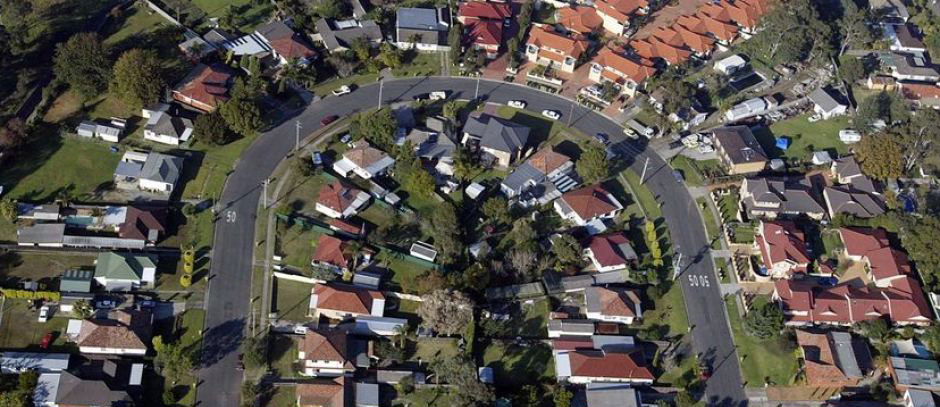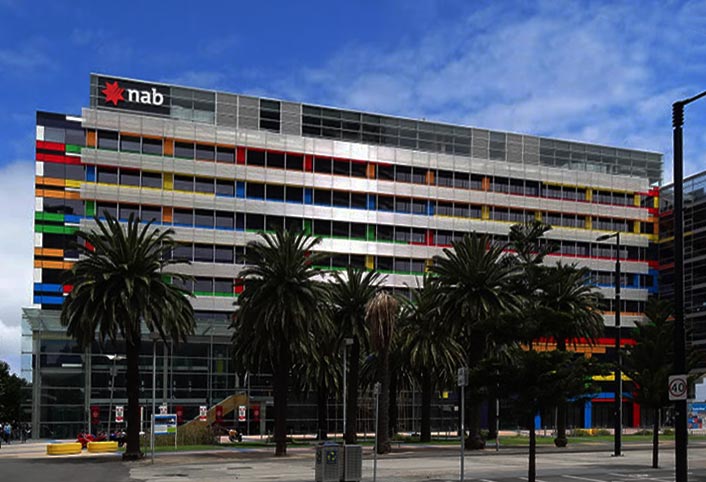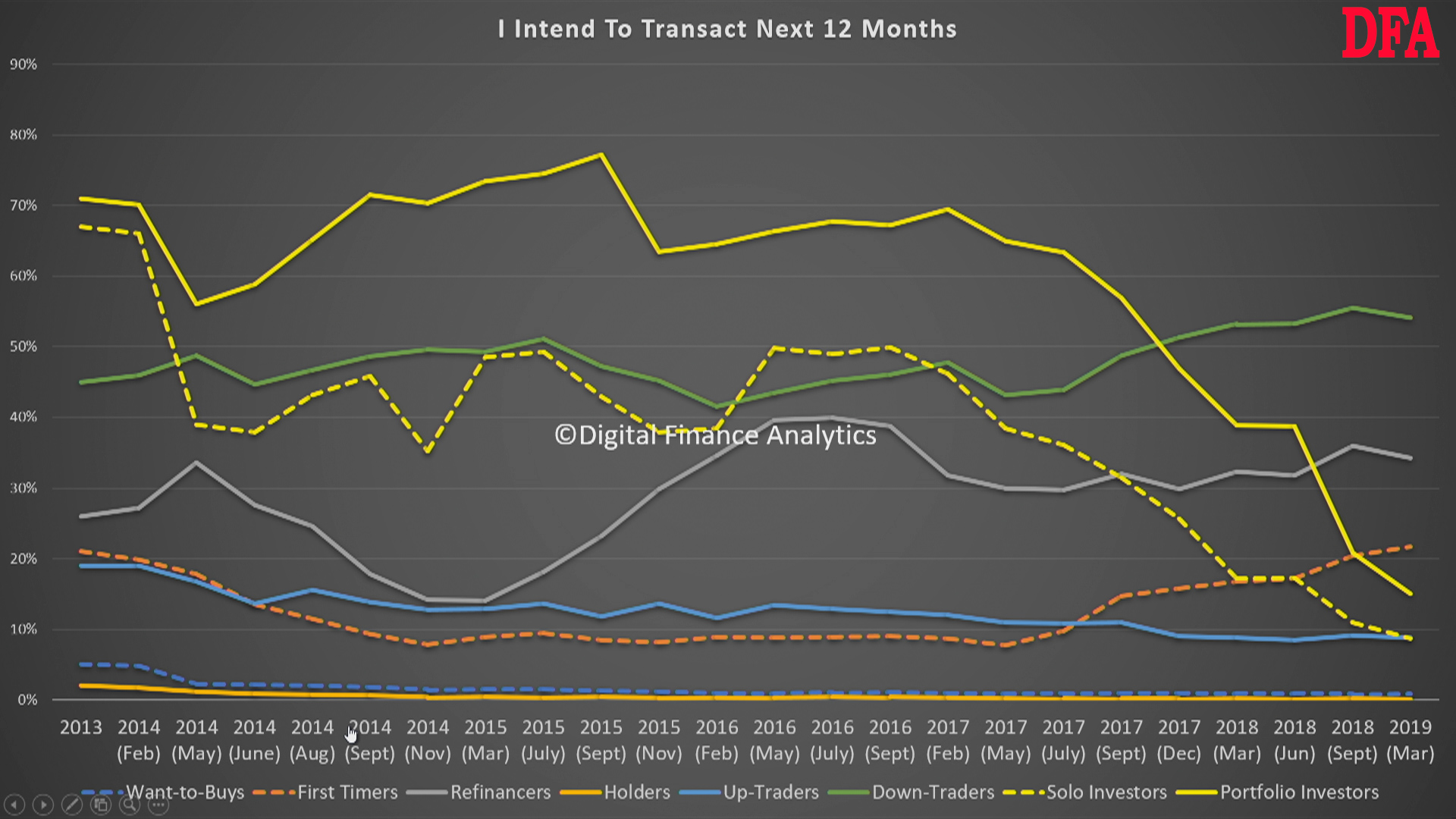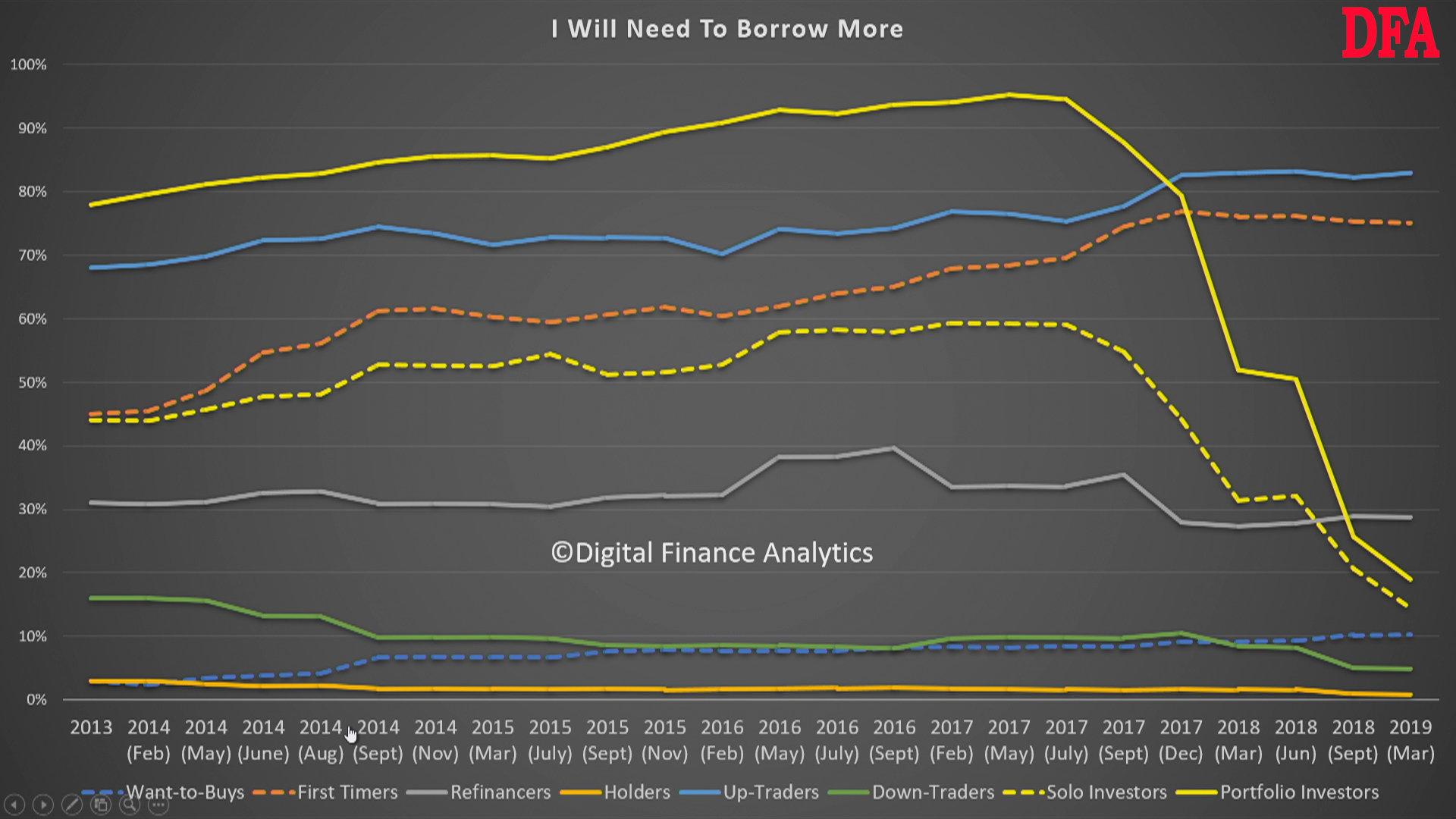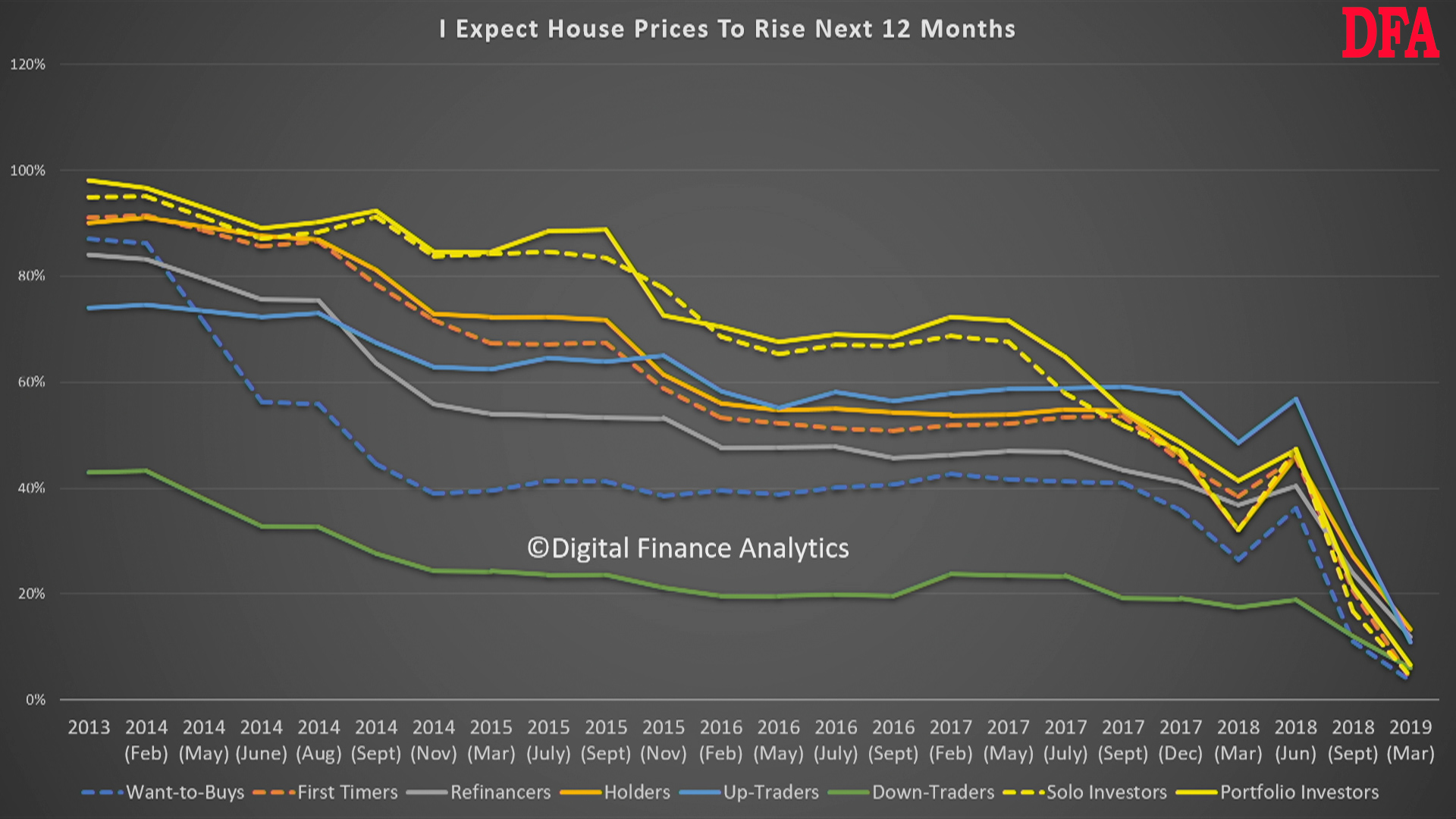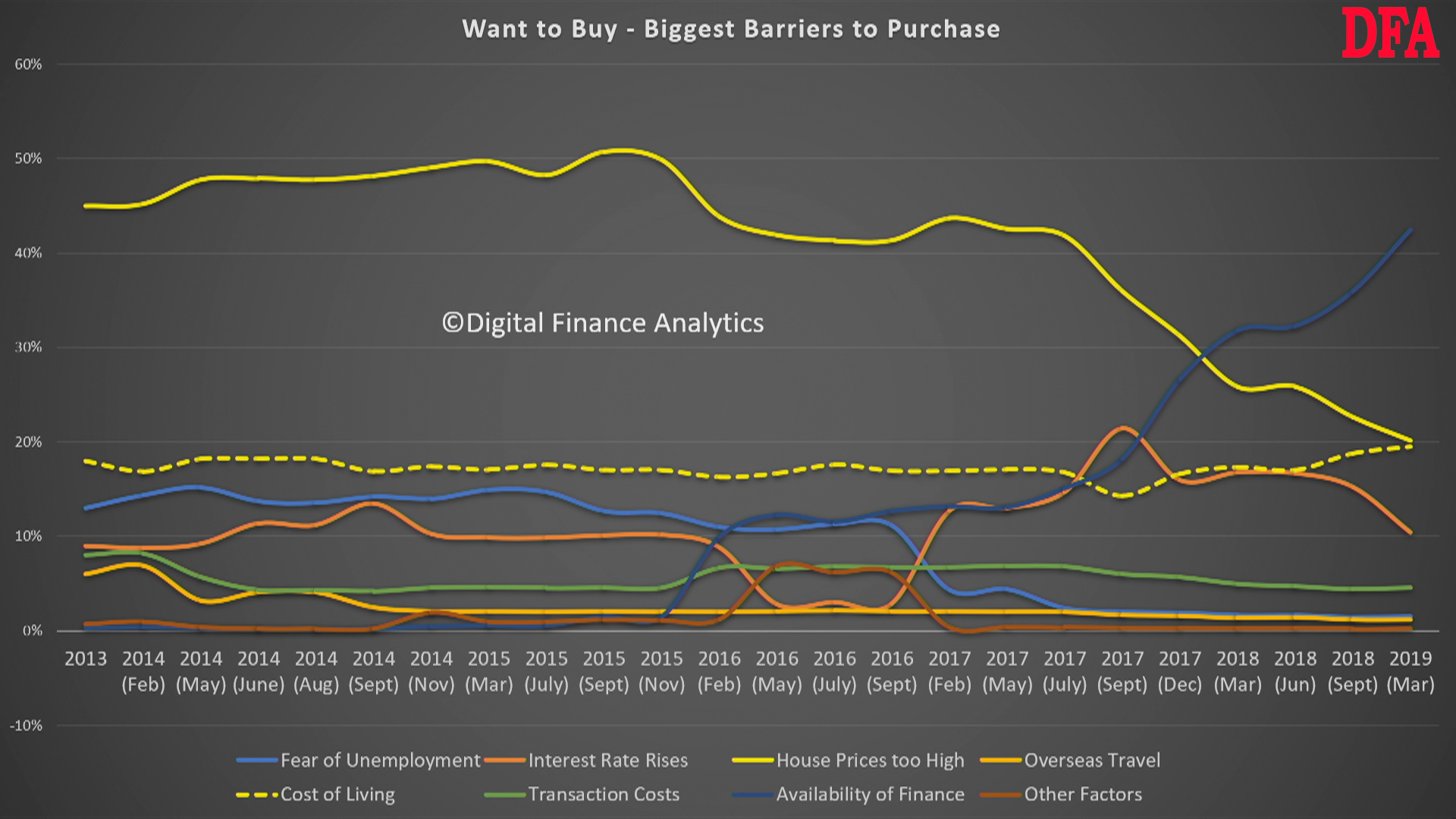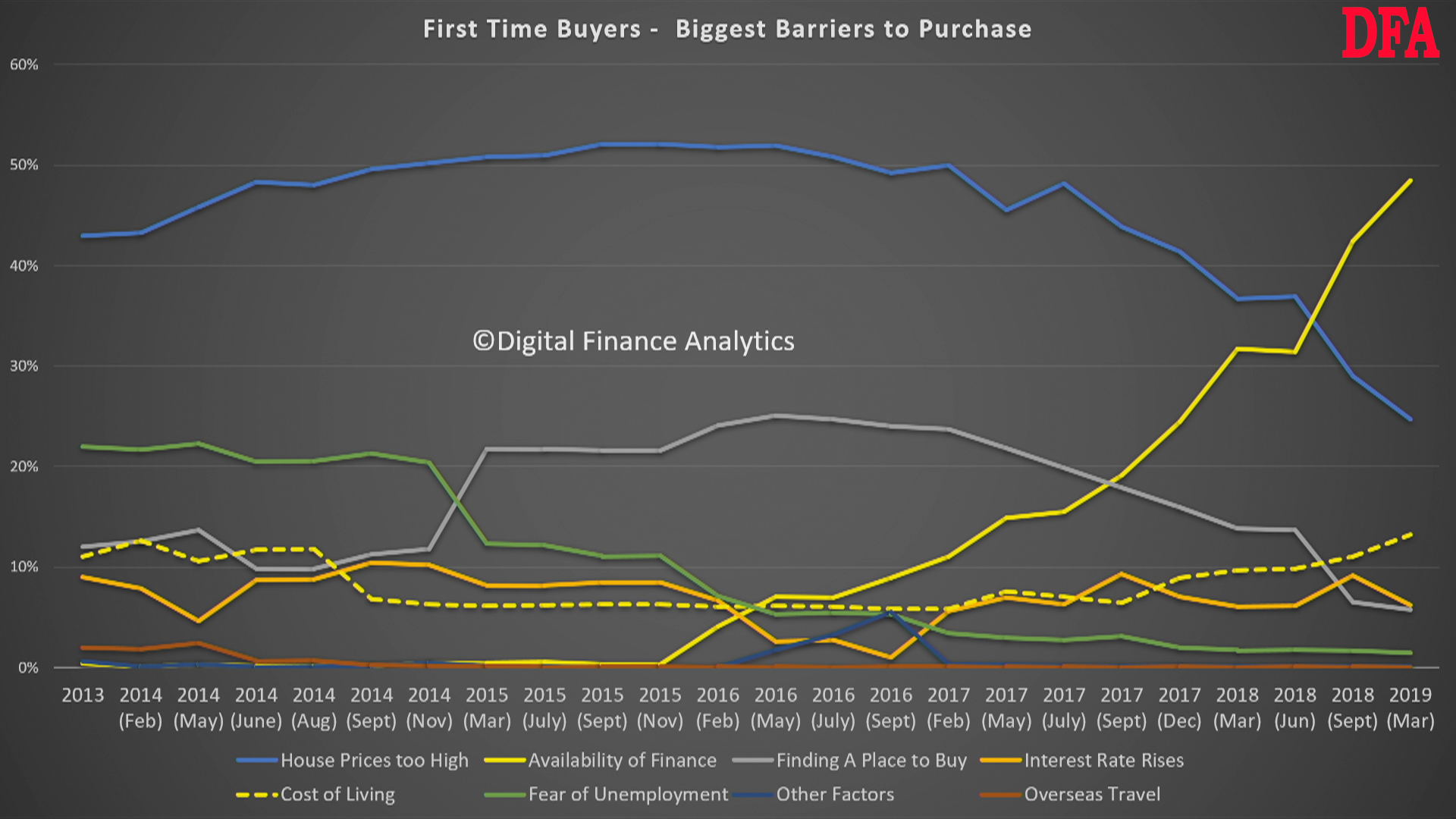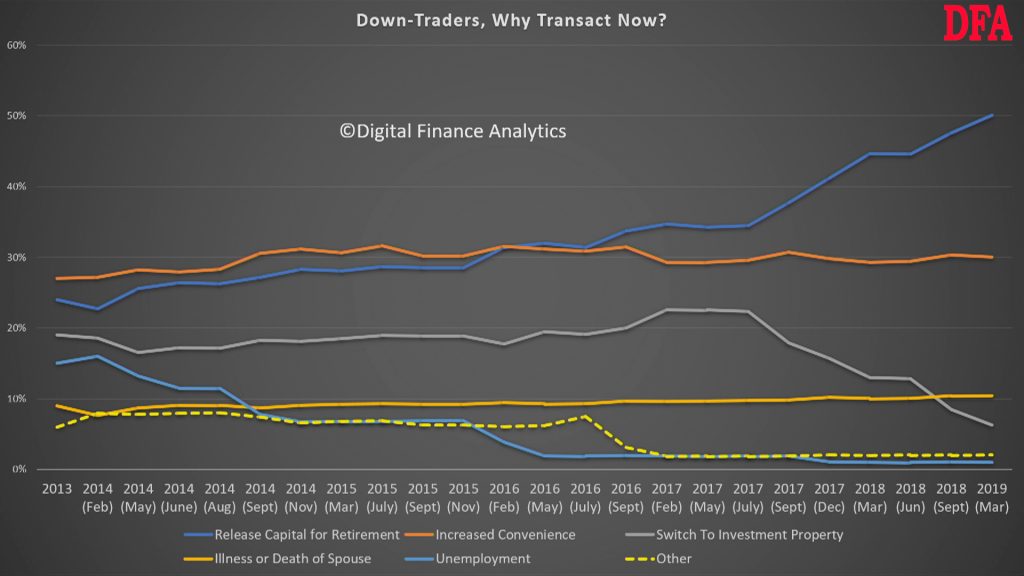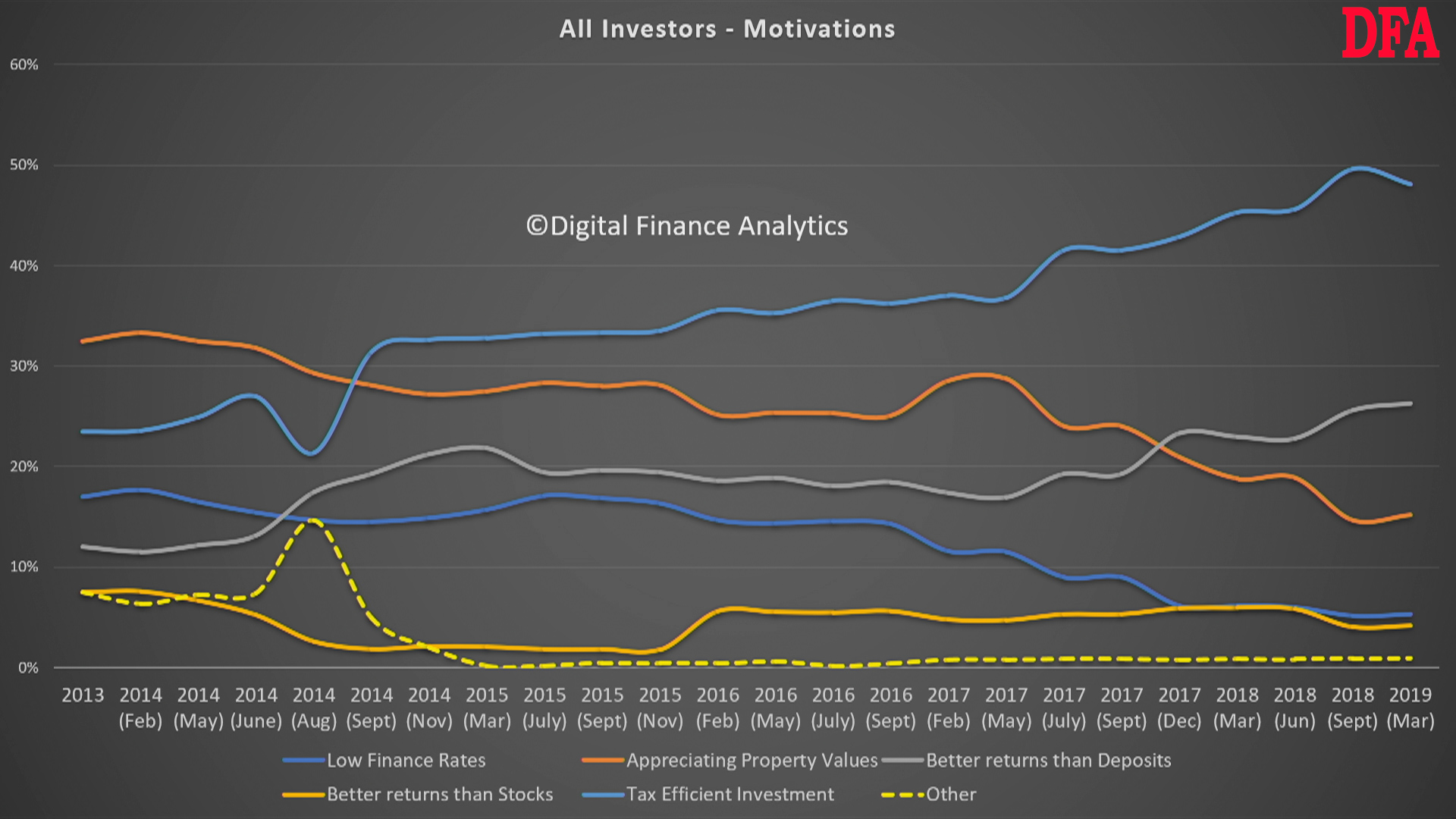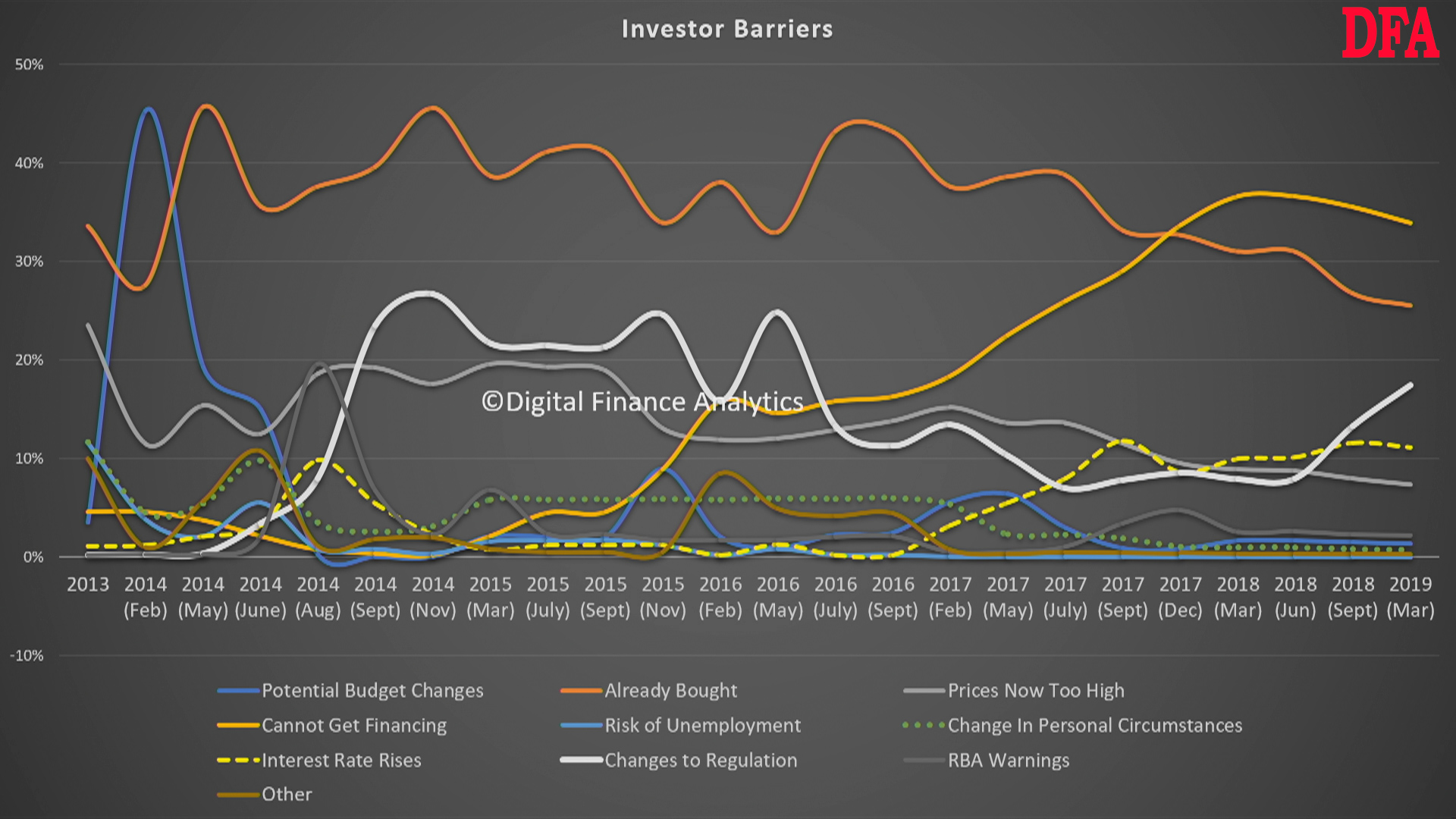The Commonwealth Bank of Australia has confirmed that brokers will be able to apply for CBA’s First Home Loan Deposit Scheme loans for their clients from 2 January 2020, while NAB has outlined that brokers will need to wait a while longer.

The federal government’s First Home Loan Deposit Scheme (FHLDS) is due to commence operations on 1 January 2020.
The scheme aims to allow up to 10,000 FHBs per year to get into the property market sooner, requiring just a 5 per cent deposit, yet still giving them access to competitive interest rates and waiving the need for lender’s mortgage insurance (LMI).
The government has agreed to guarantee the difference between the borrower’s 5 per cent deposit and the standard 20 per cent deposit required to take out a home loan without paying LMI.
The initial 27 lenders that will offer FHLDS loans have now been revealed, but questions have been raised regarding broker access to these loans.
It has previously been announced that the two major banks involved in the scheme, NAB and CBA, would be the first two lenders to start accepting applications for the scheme from borrowers, while the other 25 non-major lenders on the lending panel (mainly mutual banks and credit unions) will be accepting applications from 1 February 2020.
Brokers can offer CBA FHLDS loans from 2 January
CBA customers will be able to apply for the scheme via the CBA website and call centres from 1 January.
However, given that 1 January 2020 is a public holiday, CBA has confirmed that it will make FHLDS loans available to customers on 2 January, via all channels – including branch and broker.
A Commonwealth Bank spokesperson told The Adviser: “We’re excited that, from 2 January 2020, customers will be able to apply for the First Home Loan Deposit Scheme with Commonwealth Bank through our home loan channels, including brokers.
“As Australia’s largest lender, we help more Australians buy their first home than any other bank, and its exciting that we can help get more first home buyers into the market under the scheme.”
NAB to offer FHLDS loans online first
However, brokers wishing to write FHLDS loans via NAB will need to wait a while longer before applying, as the bank will be taking a “phased approach”.
According to the bank, eligible customers will be able to apply for the scheme through NAB via its website and call centres from 1 January 2020, as well as through “select direct and retail channels”.
No date has yet been released for full rollout of the FHLDS loans via broker or the wider branch network, but NAB has said it will update broker partners in January with how the phased approach is tracking.
A NAB spokesperson told The Adviser: “It has always been our intention to offer the scheme through the broker channel. However, given the short timeframe between being announced as a participant lender and the go-live date, we’ve needed to take a phased approach to implementation.
“We are working hard to implement the scheme in the broker channel, and across our branch network, as quickly as possible,” the spokesperson said.
The delay will be a blow to brokers looking to write FHLDS loans for their clients, especially given the fact that the scheme is capped at just 10,000 loans per year and the choice of lenders available to brokers is limited.
While Minister for Housing Michael Sukkar commented that the “composition of the panel should also enable strong activation of mortgage broker channels and promote choice for first home buyers”, many brokers have highlighted that many of the smaller/regional lenders (who are expected to take up 50 per cent of the 10,000 loans) are not members of their aggregator’s panel – and therefore brokers would not be able to write loans to these lenders unless they directly accredit with them.
For example, brokers operating under the larger broker groups – AFG, Aussie, Connective, Loan Market and Mortgage Choice – are unable to access more than half of the lenders chosen under the FHLDS, as they are not on the groups’ lender panel (according to the lender panels listed on the groups’ websites).
These include: Australian Military Bank, Bank First, Bank of us, Community First Credit Union, Defence Bank, G&C Mutual Bank, Indigenous Business Australia, Mortgageport, People’s Choice Credit Union, Queensland Country Credit Union, Regional Australia Bank, The Mutual Bank or WAW Credit Union.

